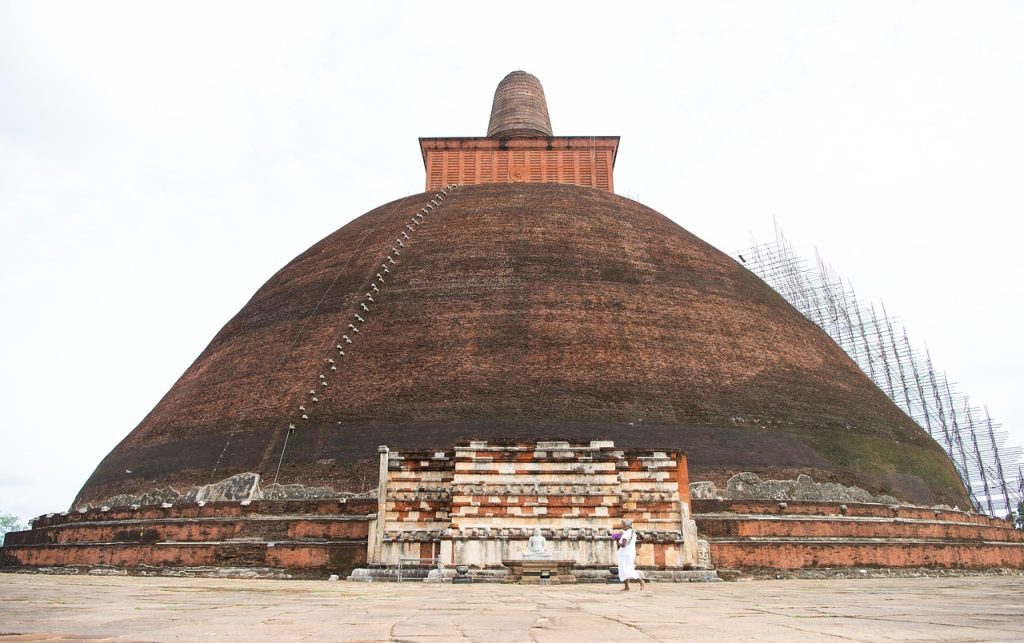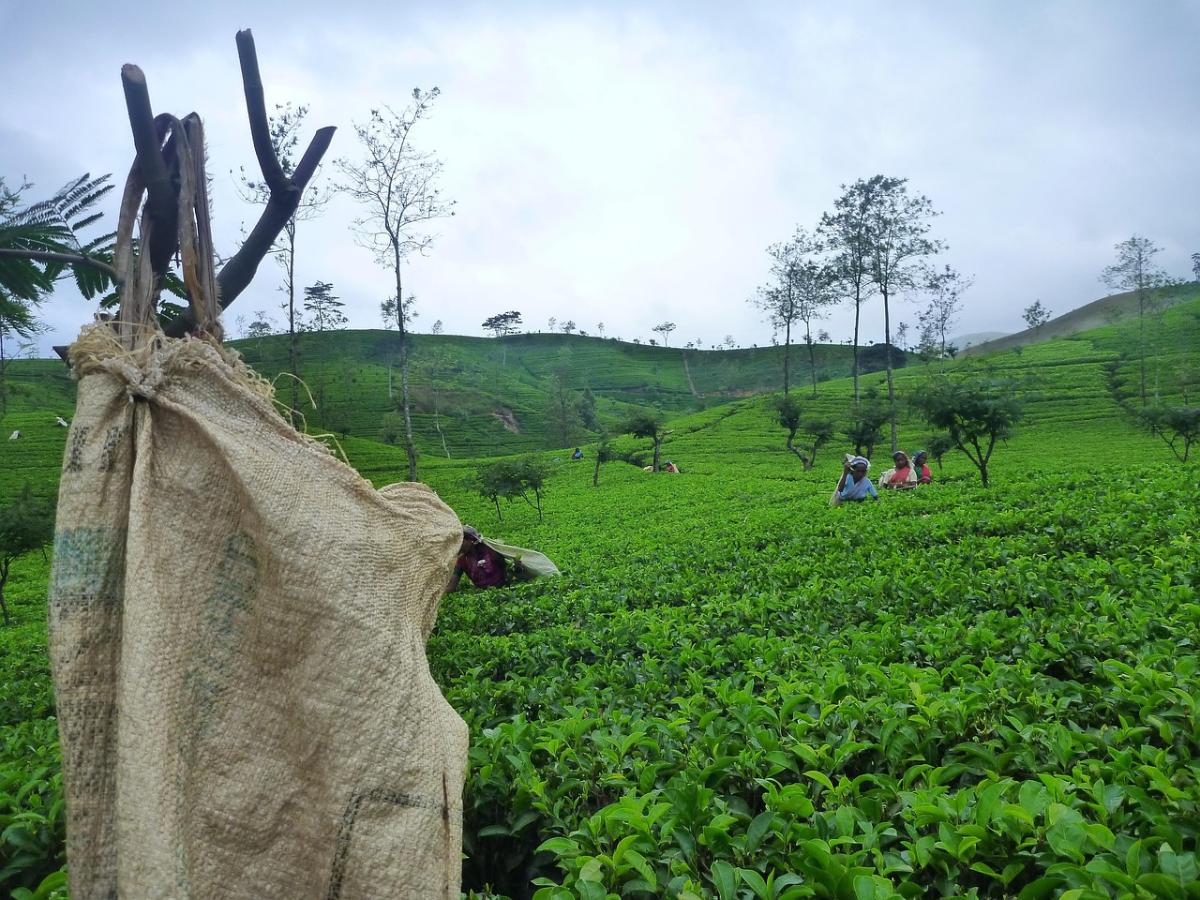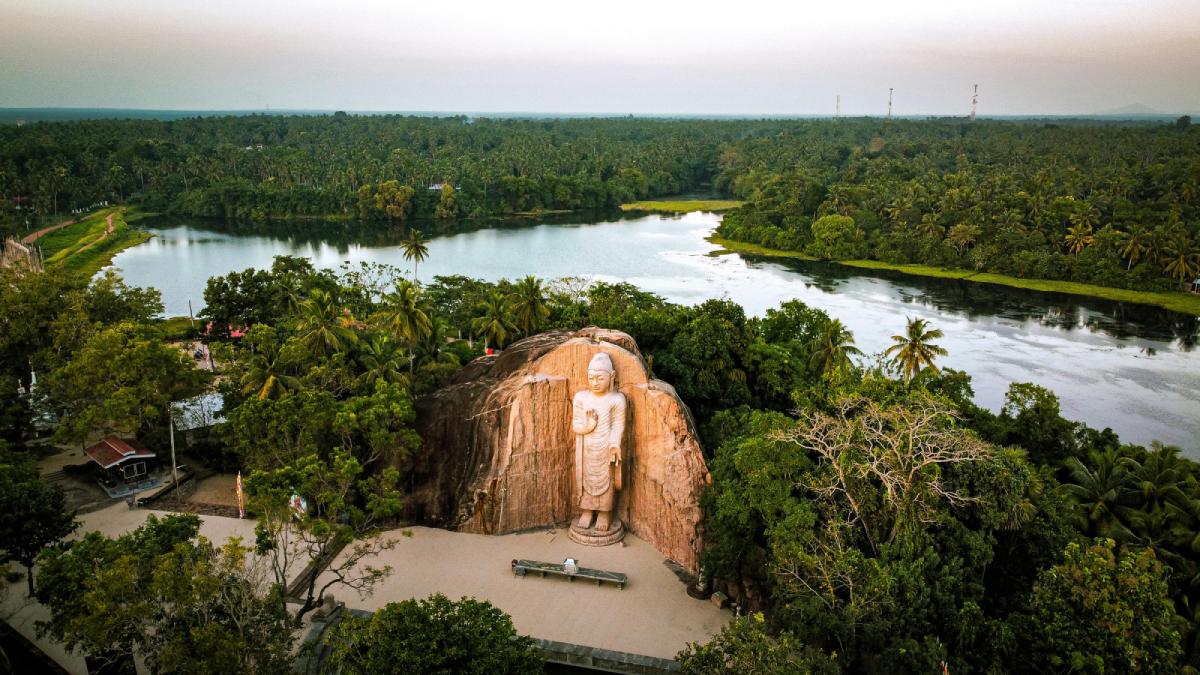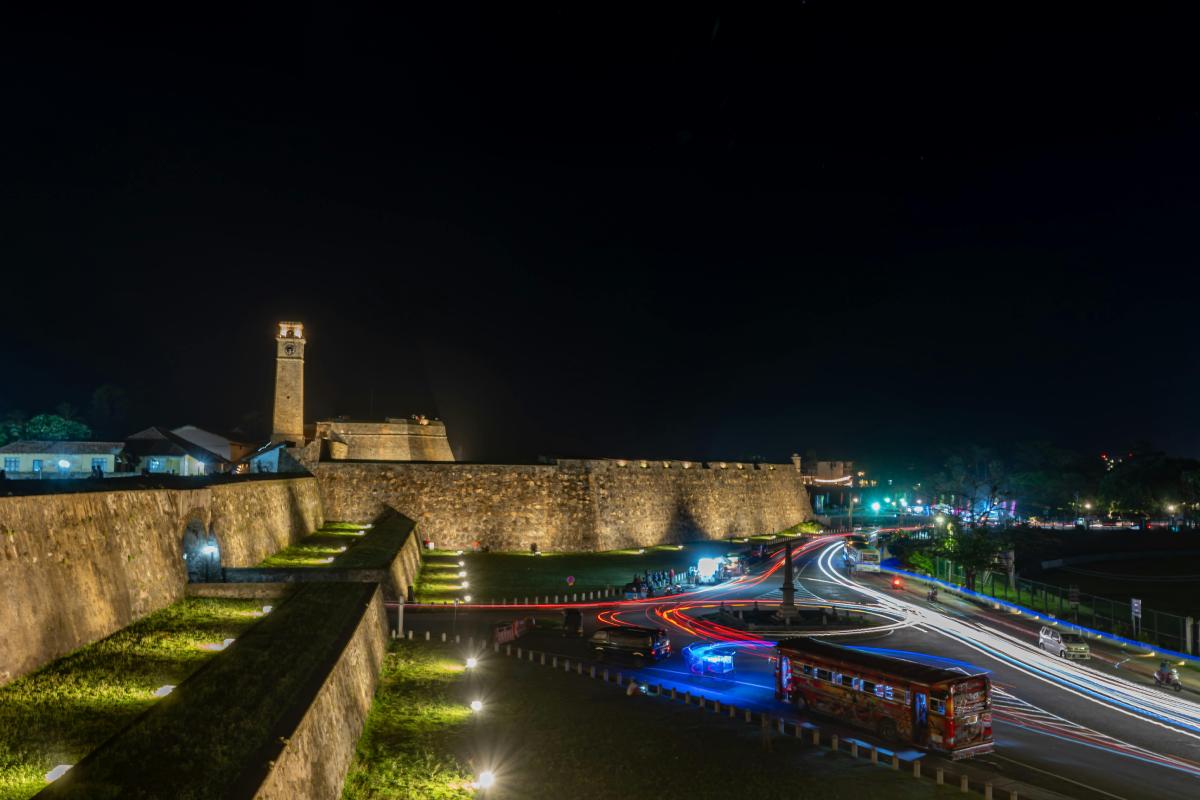Sri Lanka, the teardrop-shaped island nation in the Indian Ocean, has rapidly emerged as one of Asia’s most captivating tourism destinations. With its rich cultural heritage spanning over 2,000 years, breathtaking landscapes ranging from misty mountains to pristine beaches, and remarkable biodiversity, this compact country offers travelers an extraordinarily diverse experience within its modest borders. Whether you’re seeking ancient archaeological wonders, wildlife encounters, culinary adventures, or simply relaxation on idyllic shores, Sri Lanka delivers unforgettable experiences that keep visitors returning year after year.
A Journey Through Ancient History and Cultural Heritage
Sri Lanka Top Tourism Attractions
At the heart of Sri Lanka lies the famed Cultural Triangle, encompassing the ancient cities of Anuradhapura, Polonnaruwa, and Kandy. This UNESCO-recognized region forms the cornerstone of Sri Lanka’s cultural tourism.
Anuradhapura, the island’s first ancient capital, flourished for over a millennium until the 10th century. Today, visitors can wander through an archaeological wonderland of massive dagobas (brick stupas), ancient pools, and monastic complexes. The sacred Sri Maha Bodhi tree, grown from a cutting of the original tree under which Buddha attained enlightenment, has been continuously guarded and venerated for over 2,000 years, making it the oldest historically documented tree in the world.

Polonnaruwa, Sri Lanka’s medieval capital, exhibits remarkably preserved structures from the 12th century. The ancient city features magnificent stone sculptures, impressive irrigation systems, and the renowned Gal Vihara, where four massive Buddha images are carved from a single granite wall. The archaeological park is compact enough to explore by bicycle, offering an intimate connection with history as you pedal between ancient temples and palaces.
Sigiriya, perhaps Sri Lanka’s most iconic attraction, rises dramatically from the central plains. This 5th-century rock fortress, built by King Kasyapa, features elaborate water gardens, colorful frescoes, and the remarkable Lion’s Paw entrance. The panoramic views from the 200-meter summit reward those who ascend its 1,200 steps. Nearby Dambulla Cave Temple complements the experience with its five caves housing 153 Buddha statues and striking ceiling paintings dating back to the 1st century BCE.
Sacred Kandy
The hill city of Kandy, Sri Lanka’s last royal capital, centers around the sacred Temple of the Tooth Relic (Sri Dalada Maligawa), housing what is believed to be Buddha’s tooth. This deeply venerated site becomes particularly vibrant during the annual Esala Perahera festival, featuring elaborately decorated elephants, traditional dancers, and drummers in a spectacular nocturnal procession. Beyond its religious significance, Kandy charms visitors with the tranquil Kandy Lake, colonial architecture, and the expansive Royal Botanical Gardens at nearby Peradeniya.
Natural Splendors: Beaches to Mountains
Coastal Paradise
Sri Lanka’s 1,340 kilometers of coastline offer remarkable diversity. The southwestern shores from Bentota to Mirissa present golden beaches, boutique resorts, and water sports opportunities, while the east coast beaches like Passikudah and Arugam Bay feature powdery white sands, shallow swimming waters, and world-class surfing conditions, respectively.
Mirissa has evolved from a sleepy fishing village to a popular beach destination without losing its charm. Between November and April, it serves as a prime departure point for whale watching expeditions, with high chances of spotting blue whales—the largest animals on earth. Further south, the colonial fortifications of Galle Fort offer a unique cultural experience where 17th-century Dutch architecture meets modern boutiques, cafes, and hotels within its atmospheric streets.
On the east coast, Trincomalee combines historical significance with natural beauty. Its deep natural harbor, once coveted by colonial powers, now serves as a base for whale watching and diving trips to nearby Pigeon Island National Park. The pristine beaches of Uppuveli and Nilaveli stretch to the north, offering tranquil relaxation away from crowds.
Hill Country Majesty
Sri Lanka’s central highlands provide a refreshing contrast to coastal experiences. The mist-shrouded mountains around Nuwara Eliya, known as “Little England,” feature colonial bungalows, manicured gardens, and vast tea plantations. The journey to this region is as spectacular as the destination itself, especially when traveling by train on what many consider one of the world’s most scenic railway routes.
The hill station of Ella has emerged as a tourism hotspot, with its famous Nine Arch Bridge, hiking opportunities to Ella Rock and Little Adam’s Peak, and relaxed atmosphere. The verdant landscapes of Ceylon tea country surrounding Ella offer visitors opportunities to tour working plantations and learn about the production process of one of Sri Lanka’s most famous exports.
Adam’s Peak (Sri Pada) holds religious significance for Buddhists, Hindus, Muslims, and Christians alike, who ascend its 5,500 steps during pilgrimage season (December to May). Many travelers join the procession of devotees for the overnight climb, timing their arrival at the summit to witness a breathtaking sunrise and the mysterious triangular shadow cast by the peak itself.
Wildlife Encounters
Safari Adventures
Sri Lanka possesses an astonishing concentration of wildlife for its size. Yala National Park in the southeast boasts the world’s highest density of leopards, alongside elephants, sloth bears, crocodiles, and numerous bird species. The park’s diverse habitats, from scrub jungle to lagoons, support remarkable biodiversity within its boundaries.
Udawalawe National Park offers some of the most reliable elephant sightings in Asia, with herds frequently visible against the backdrop of the dramatic Udawalawe reservoir. The park’s relatively open terrain provides excellent photography opportunities of these magnificent creatures in their natural habitat.
For a less-visited alternative, Wilpattu National Park in the northwest features unique “villus” (natural lakes) around which wildlife congregates. Having recovered from decades of civil conflict, Wilpattu now offers a more secluded safari experience with leopards, sloth bears, and water buffalo among its notable residents.
Marine Treasures
Sri Lanka’s marine environments rival its terrestrial attractions. Between December and April, the waters off Mirissa and Trincomalee offer some of the world’s most accessible blue whale watching. Multiple species of dolphins frequently accompany whale-watching excursions, creating unforgettable oceanic encounters.
The coral sanctuaries of Pigeon Island National Park near Trincomalee and Hikkaduwa Marine National Park on the southwest coast provide excellent snorkeling opportunities among vibrant reef fish, sea turtles, and reef sharks. Five of the world’s seven sea turtle species nest on Sri Lankan beaches, with dedicated conservation centers in places like Kosgoda offering insights into protection efforts and occasional opportunities to witness hatchling releases.
Cultural Immersion and Heritage Experiences
Living Traditions
Sri Lanka’s cultural depth extends far beyond its ancient monuments. The southern coastal town of Ambalangoda is renowned for its tradition of mask making and Devil Dance performances, where elaborately carved wooden masks represent various demons in dynamic ritual dances believed to exorcise illness and misfortune.
In the central highlands, visitors can experience Kandyan dance, a classical form featuring acrobatic movements, elaborate costumes, and energetic drumming. Regular performances in Kandy provide accessible introductions to this UNESCO-recognized art form that dates back to the 17th century.
Ayurvedic Heritage
Long before wellness tourism became a global trend, Sri Lanka had developed sophisticated Ayurvedic healing traditions. Today, numerous resorts and dedicated Ayurvedic centers offer authentic treatments using locally sourced herbs and oils. These range from simple relaxation massages to comprehensive therapeutic programs addressing specific health concerns, all based on ancient knowledge passed down through generations.
Culinary Journeys
Sri Lankan cuisine remains surprisingly under-recognized globally despite its complex flavors and distinctive character. Cooking classes have become increasingly popular, allowing visitors to master the art of perfectly balanced curries, hoppers (bowl-shaped crepes), and sambols (spicy condiments).
The central market in Pettah, Colombo offers sensory immersion into Sri Lankan food culture, with vendors selling exotic fruits, spices, vegetables, and seafood amid a lively atmosphere. Specialized food tours in major cities provide curated introductions to street food specialties and local dining customs that might otherwise remain inaccessible to visitors.
Practical Travel Information
Best Time to Visit
Sri Lanka experiences two distinct monsoon seasons affecting different parts of the island. The southwest monsoon brings rain to the west and southwest coasts plus the hill country from April to September, while the northeast monsoon affects the north and east from November to March.
This creates the opportunity for year-round travel by adjusting itineraries according to seasonal patterns. December to March is generally considered the peak season for overall good weather across most tourist destinations, though this coincides with higher prices and larger crowds.
Getting Around
While compact in size, Sri Lanka’s diverse attractions require thoughtful transportation planning. The expanding highway network has reduced travel times between major destinations, though journeys through mountainous terrain remain time-consuming despite relatively short distances.
Train travel offers both practical transportation and extraordinary experiences, particularly on the scenic routes through tea country between Kandy, Nuwara Eliya, and Ella. Advance reservations for observation cars or first-class compartments are highly recommended during peak season.
For maximum flexibility, many visitors opt for private drivers who provide valuable local insights along with transportation. Tuk-tuks remain ideal for short journeys, with ride-hailing apps increasingly available in tourist areas to ensure fair pricing.
Sustainable Tourism Initiatives
As tourism grows, Sri Lanka has emphasized sustainability to preserve its natural and cultural treasures. Many properties now implement comprehensive environmental practices, from plastic reduction to energy conservation. Community-based tourism initiatives in regions like Jaffna and the Eastern Province create economic opportunities in areas previously affected by conflict while offering authentic cultural exchanges for visitors.
Wildlife viewing guidelines have become increasingly stringent, particularly regarding elephant encounters, with ethical operators avoiding establishments where animals are kept in inappropriate conditions for tourist entertainment.
Emerging Destinations
While established attractions form the backbone of Sri Lanka tourism, several emerging destinations offer fresh experiences for repeat visitors or those seeking less-traveled paths.
Jaffna Peninsula in the far north, long inaccessible during the civil conflict, now welcomes visitors to its distinctive Tamil culture, Hindu temples, and island communities. The region’s cuisine features unique flavors not found elsewhere in Sri Lanka, influenced by its proximity to southern India.
The Knuckles Mountain Range offers spectacular hiking through cloud forests, traditional villages, and dramatic landscapes for adventure travelers seeking physical challenges alongside cultural insights. Designated as a UNESCO World Heritage Site, the area’s biodiversity and traditional agricultural practices make it a fascinating destination for eco-tourism.
Conclusion: The Enduring Appeal of Sri Lanka
Few destinations pack such remarkable diversity into such a manageable area as Sri Lanka. The country’s compact nature allows travelers to experience ancient cities, wildlife encounters, pristine beaches, and misty mountains within a single trip, often with travel times of just a few hours between dramatically different environments.
What truly distinguishes Sri Lanka, however, is not merely its physical attractions but the warmth of its people and the living cultural traditions that have survived centuries of outside influence. Visitors frequently comment that beyond the spectacular landscapes and monuments, it’s these human connections that create their most treasured memories.
As infrastructure continues to improve and new regions become accessible, Sri Lanka’s position as a premier tourism destination will likely strengthen further. For travelers seeking authentic experiences that combine natural beauty, cultural depth, and remarkable diversity in a single journey, this island nation remains one of the world’s most rewarding destinations.


